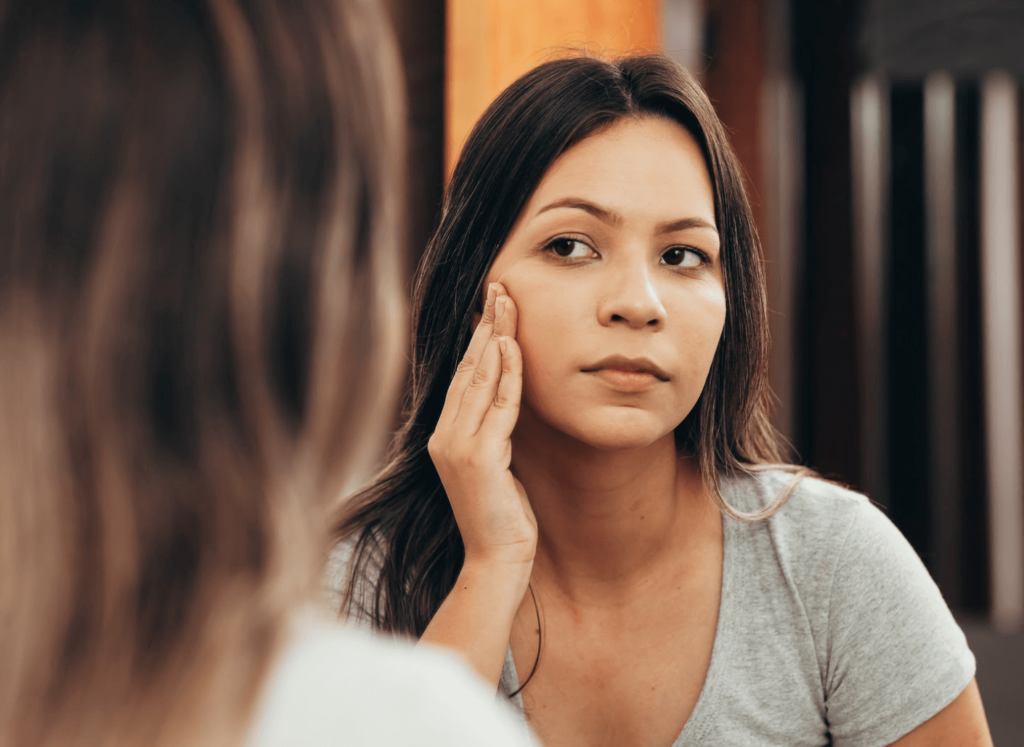Dry Eye,Eye Specialists of Napa Valley,Our Team

The symptoms of dry eye syndrome can be highly disruptive, making it difficult or uncomfortable to do your job, drive, or go about your other daily routines. Fortunately, there are several things you can try at home to help mitigate dry eye symptoms, and your ophthalmologist can also provide in-office or prescription solutions to complement these. In this blog from Eye Specialists of Napa Valley, youll find a helpful list of tips and strategies for reducing dry eye symptoms and potentially preventing future bouts of dry eye syndrome in Napa, CA.
What causes dry eye syndrome?
According to the American Academy of Ophthalmology, dry eye syndrome occurs in one of two scenarios:
- When the eyes do not make enough natural tears
- When one of the three layers of tears (oily layer, watery layer, mucus layer) is compromised
There are many factors that can contribute to the development of dry eye syndrome and symptoms, including biophysical variables, environmental influences, and others. Some of the most well-known triggers for dry eyes include:
- Underlying health conditions, like thyroid disease
- Strong wind
- Dry air/dry climate
- Smoke or smog
- Cigarette smoke
- Wearing contacts
- LASIK surgery
- Extended screen time/computer use or reading/staring for long periods of time
- Certain medications
- Hormone changes
- Age
What are the symptoms of dry eye syndrome?
Dry eye symptoms can vary from person to person but are often described as one or more of the following:
- Itchy eyes
- Red eyes
- Blurry vision
- Feeling of sand or grit in the eyes
- Scratchy eyes
- Burning, stinging eyes
One lesser-known symptom of dry eye syndrome is watery eyes or an abundance of tears. This is due to the eyes overcompensating for the lack of tears and resultant irritation.
Can I treat dry eye at home?
While prescription medications, treatments, and even surgical procedures can provide dramatic relief for patients suffering from dry eye syndrome, there are also at-home remedies that may help to reduce your symptoms in the meantime. Additionally, patients whose dry eye symptoms are mild or intermittent may benefit by using these at-home dry eye prevention and relief tips:
- Use over-the-counter artificial tears
- Keep the air moist with a humidifier
- Wear sunglasses or goggle-style glasses when outdoors in a dry or windy environment
- Avoid cigarette smoke
- Apply a warm compress to the eyes and tear ducts
- Gently rub or massage your eyes and tear ducts
- Under your doctors guidance and supervision, consider increasing your intake of Omega-3 fatty acids
Will dry eyes go away on their own?
In some cases, dry eye symptoms are the result of an obvious cause like being in a room full of cigarette smoke. In this setting, patients may experience rapid and lasting relief once they move to a different environment. When the cause of dry eyes is an underlying medical condition or something chronic in nature, however, symptoms may persist if left untreated. While at-home solutions can certainly be helpful, our team can also recommend in-office dry eye treatments and procedures that may offer longer-term comfort and resolution.
Say goodbye to itching and burning with dry eye treatment in Napa, CA
If your dry eye symptoms are interfering with your daily life and causing you discomfort and frustration, let us help. Schedule your private consultation at Eye Specialists of Napa Valley today, and learn more about your options for at-home and in-office dry eye treatments that may be appropriate and effective for you.